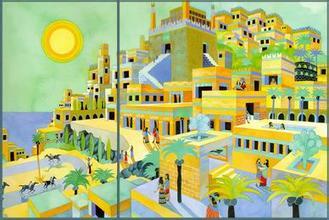The Greek concept of form precedes the attested language and is represented by a number of words mainly having to do with vision: the sight or appearance of a thing.The main words, εἶδος (eidos) and ἰδέα (idea) come from the Indo-European root weid-, "see".Both words are already there in the works of Homer, the earliest Greek literature. Equally ancient is μορφή (morphē), "shape",from an obscure root.The φαινόμενα (phainomena),"appearances", from φαίνω (phainō), "shine",Indo-European *bhā-, was a synonym.These meanings remained the same over the centuries until the beginning of philosophy, when they became equivocal,acquiring additional specialized philosophic meanings.Starting with Thales, the pre-Socratic philosophers noted that appearances change quite a bit and began to ask what the thing changing "really" is.Their answer was substance,which stands under the changes and is the actually existing thing being seen. The status of appearances now came into question. What is the form really and how is that related to substance?Thus, the theory of matter and form was born. Starting with at least Plato and possibly germinal in some of the presocraticsthe forms were considered as being "in"something else, which Plato called nature (physis). The latter seemed as timber, ὕλη (hyle) in Greek, corresponding to materia in Latin, from which the English word "matter" is derived, shaped by receiving(or exchanging) forms.
因此,科学中使用的诸如“自然”、“物质”、“性质”这样的学术名词来自于柏拉图所开创的被称为理念、理型和共相的令人费解的学说,它们启动了人类的抽象思维 与理性推理的智力活动。
与理性推理的智力活动。
Plato believed that ideas were far more real than the natural world.He advised the astronomers not to waste their time observing the stars and planets.It was better, he believed, just to think about them. Plato's followers succeeded in extinguishing the light of science and experiment that had been kindled by Democritus and the other Ionians.
只有受了相当的教育之后,我们才学会赋给“理念”这个词以某种有如柏拉图所赋给它的意义。罗素在解读《理想国》时动用了字母,差一点就要开讲逻辑学了。按爱因斯坦的指示,本课程只是强调搞科学的人必须有形式逻辑常识以具备理性头脑。


